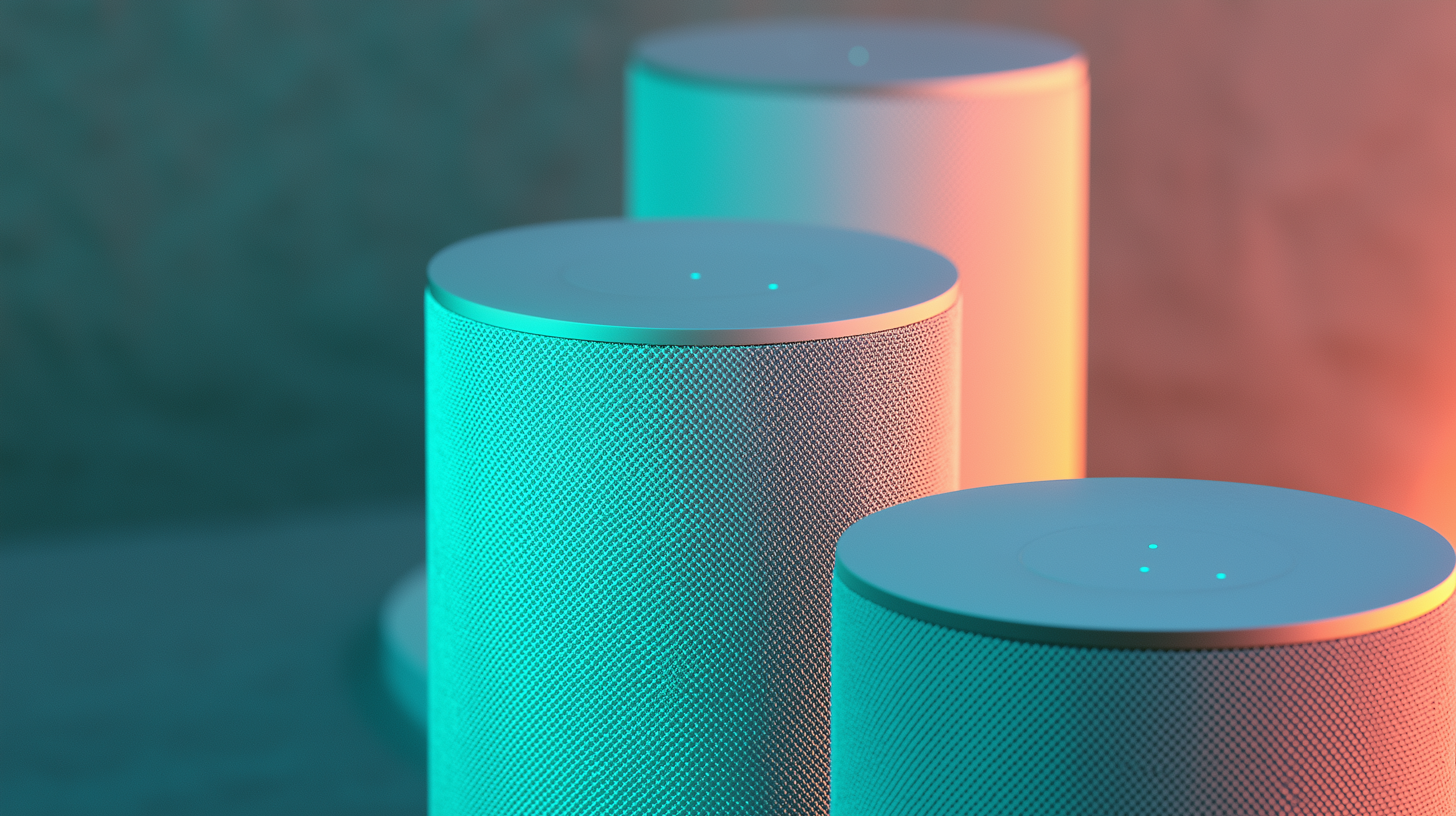Experiments
✩
Playground
✩
Side B
✩
Experiments ✩ Playground ✩ Side B ✩
The Cat with the Pearl Earring: A Digital Language Game 🐱
What does it mean to communicate when AI transforms words into images? My latest project explores this question through over 500 images that were created from one single prompt:
"Cat with pearl earring, side view, noble, cute, painting style"
Each image is a visual "language game" to borrow Wittgenstein's words. AI is a player learning again and again, interpreting my prompt differently each time. And, we can indulge in the fluid nature of meaning…
Languages shape how we perceive the world, but what happens when that perception is mediated by AI? Each image is a game between my slight human aspiration and machine interpretations, blurring the boundaries between creator and tool.
This isn't just about cute cats (though they are adorable). It's a window into the future of communication, where words, images, and algorithms dance in a complex—and global—choreography of meaning-making-perception.
As a designer, I love these intersections of language, technology, and human perception. How can we design new forms of expression, even beyond prompts? How can we create better experiences while navigating the infinite possibilities of AI tools?
🪄 A collaborative endeavor between human creativity and AI:
🖼️ Images by #Midjourney
🔎 Research by #Perplexity
✏️ Copy by #Grammarly
🎶 Music by #Mubert
▶️ Edition by #CapCut
Designing for Good
Hello broken World, Siri is listening and even Google and Alexa joined the party - without being invited!
Don’t you hate those days, when you feel like you cannot trust the technology you’re using? When you’re scrolling on an app and at the back of your is this little voice that whispers ‘do you know who you’re trusting with your data’? In these moments of user unfortunately has missed its purpose.
For me, technology is here to enrich our lives, provide simple solutions to complex tasks, help educate or connect us or simply provide a fun experience. But at the center of it all is the human user, who should have the best experience possible without being worried about their privacy or security. In my eyes, privacy should be incorporated into design by default. It should not be an after-thought, but at the center of the product that I am creating. And because privacy has been integrated in my product, I am ensuring that security is part from the beginning of the design process as well. You can’t have one without the other. Thus protecting both the user and the company that delivers the product.
At this point you might ask then: ‘wait a minute, if I need privacy and security, that means you’re using or storing something of mine’. Yes, that’s right! As a user you’re getting a first grade experience, while as a designer or product am getting access to your user data. In order for me to ensure that you’re having the best possible experience, I need to be able to understand how you’re using the product. Which is why transparency is equally important to me. You as a user need to be fully aware of what you’re giving in exchange for the use of the product. Yet, as a user you don’t want to spend all your time thinking about the design. It is supposed to be a seamless experience for you. Which is where I come in - I am the I help translate your user data into the improvement of design, I listen to your frustrations thus delivering a better interaction.
At the same time, I fully abide by the General Data Protection Rules, that clearly define the parameters I operate in. So with your user experience, comes a clear set of rules and I want sure that as a designer I am fully transparent the process.
As I was saying, at the core of my work is the improvement of the design and product to ensure the best experience possible. I cannot achieve this without access to feedback which is exactly why that data is collected. Because at the end of the day, I cannot base my work on assumptions. Your default is not the same as my default. I aim to continuously improve the work I provide making sure that I take into consideration the full spectrum of human experience. It is not always possible to achieve a perfect result, but I at least commit to getting as close to it as possible. Through research, empathy and understanding the user I will do my best to ensure that my product and design is inclusive, that it is easy to use no matter what your level of experience with tech is.
So how do I keep the balance between privacy, security, accessibility and an easy an engaging interface? I cannot provide a final answer to that. Why? Because the balance will always keep on changing and as it changes, my work will keep on growing and adapting to it. Furthermore, is to ‘zoom and make sure I get the details right, while also ‘zooming out’ to make sure that works as a whole. This is a balancing act that will always be intertwined with my design process and let’s be honest, I won’t always get it right. But in those moments, I can only do one thing - turn to my trusted advisor and say: ‘Hey Google, how does UX work?’

